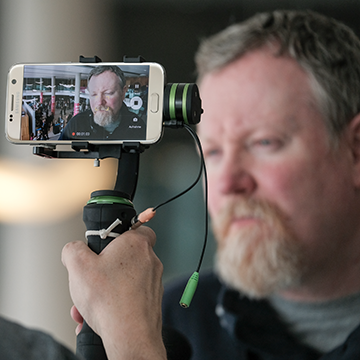Showcasing the world’s best mojo talent, in partnership with Mojofest in Ireland
The Thomson Foundation mobile journalism competition is a leading showcase for mobile journalism (‘mojo’) talent. In partnership with Mojofest, the competition is now in its fifth year.
Every spring, applications are invited from those who have what it takes to become the next mojo star. Applicants are required to submit a feature story or news report filmed and edited entirely on a mobile device, which excites, intrigues and surprises and demonstrates impact and creativity.
This year’s competition attracted 154 entries from 55 countries, including the Solomon Islands and Taiwan and from Cuba to Guinea. The growing number of entries each year from around the world demonstrates how the mobile phone has enabled a new generation of journalists.
Our 2019 winner is Mostafa Darwish. Scrambling for standing space alongside other crushed commuters, and with little prospect of passions cooling, he attempted to report on the sharp fare increases to inadequate metro system in Cairo, Egypt.
Mostafa wins return flights to Galway, Ireland, five-star accommodation and tickets to Mojofest from 6-8th June 2019, a festival dedicated to mobile journalism and headed up by one of the most respected mojo voices in the industry, Glen Mulcahy.
Five runners up also receive free access to Glen’s advanced mobile journalism online course from our Journalism Now programme.
See the 2019 winner and runners up here.
For notification and updates on next year's competition, plus this year’s shortlist and winner, sign up to our newsletter.


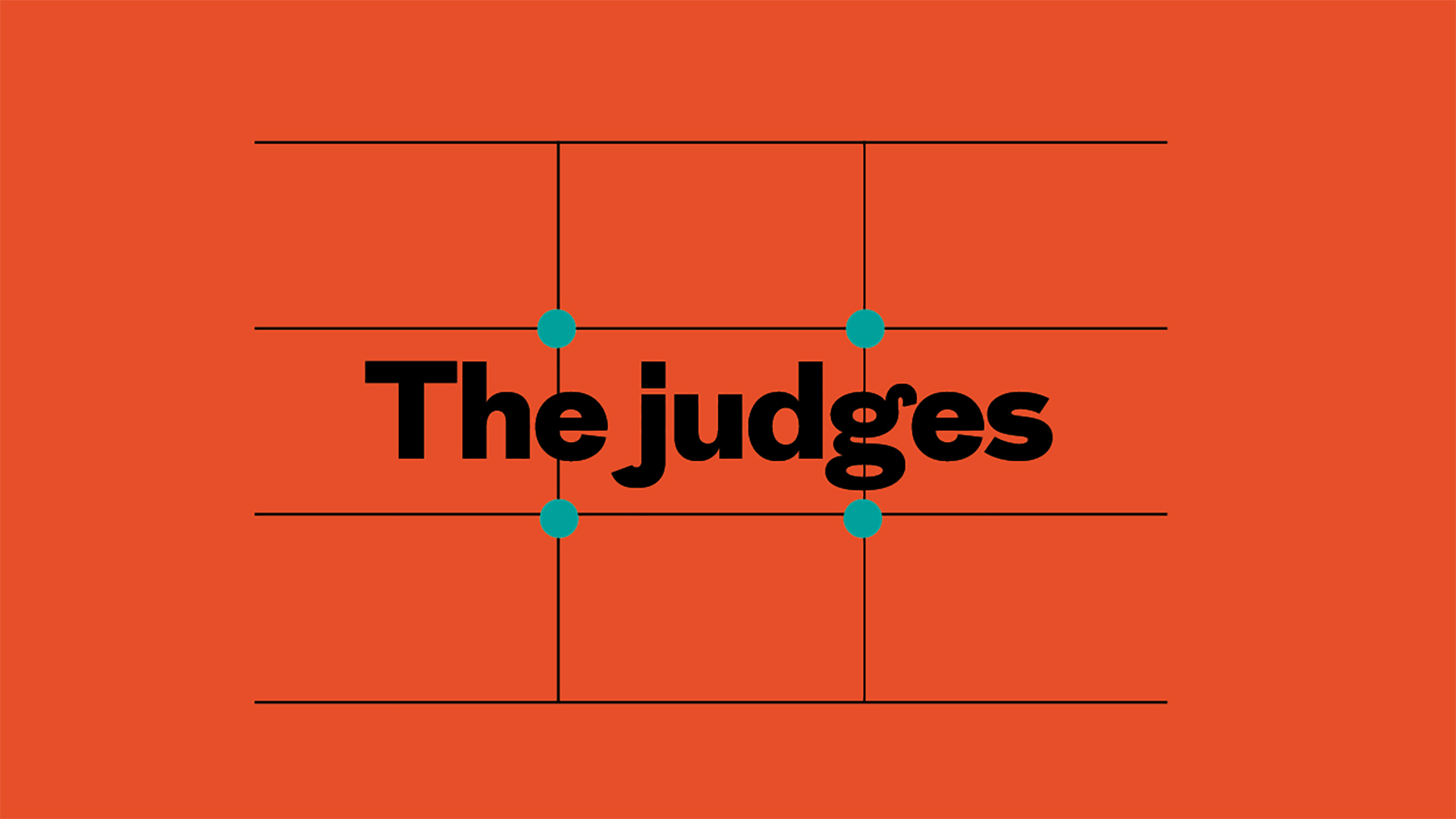
From all of the entries received, the judging panel scored each entry based on the following criteria:
- Journalism: Originality and credibility of the story, demonstrating original research, effort and use of interviews.
- Impact: Importance of the subject matter and the impact the story has achieved.
- Uniqueness to medium: Innovative and appropriate use of mobile-recording techniques.
- Storytelling: Clarity of the storytelling.
- Technical quality: Technical quality of the production.
To choose the winner, the judges also took into account the context, the experience of the participant, and the potential displayed. The five entries with the highest scores were then selected as runners up.
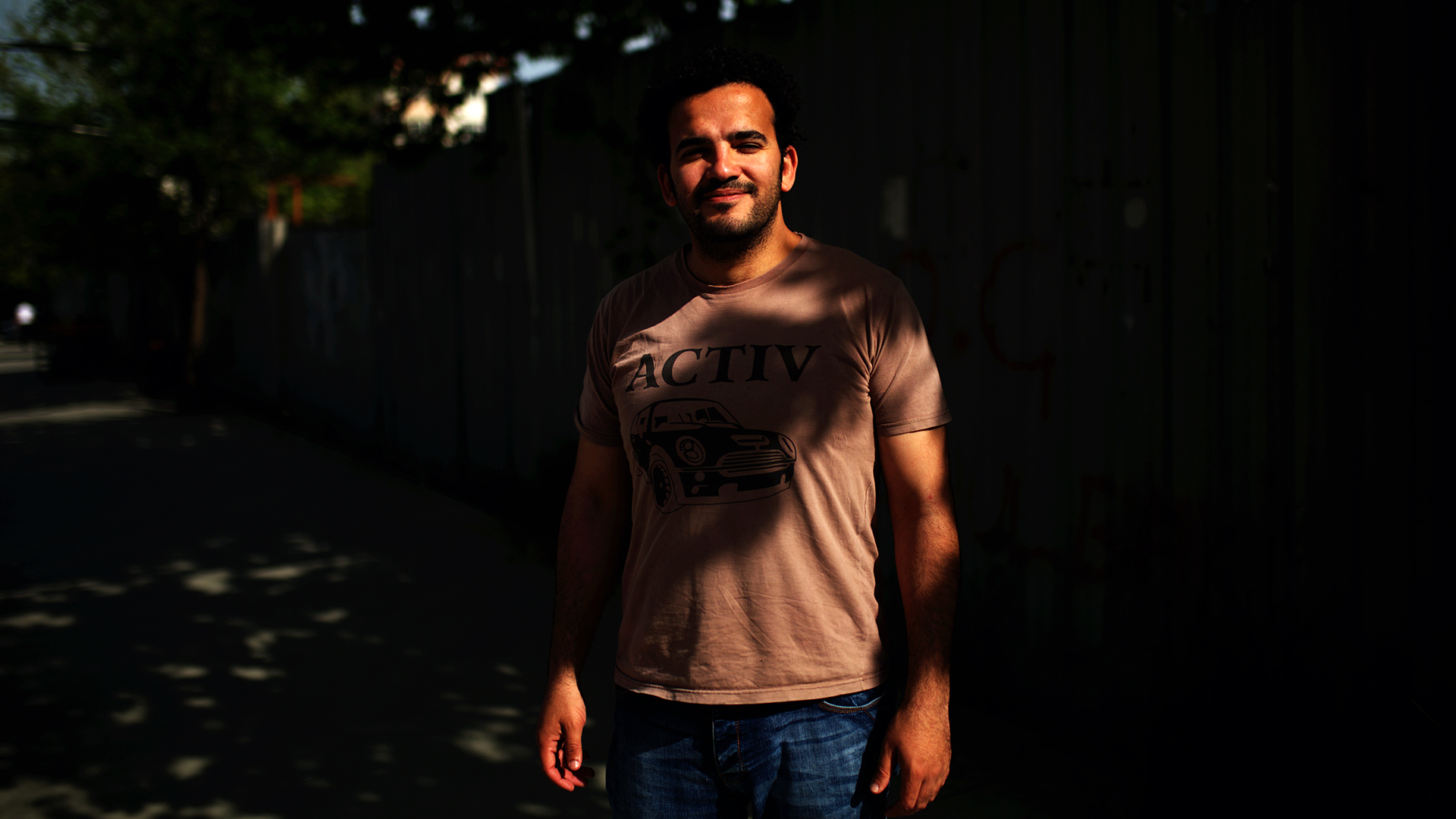
2019 winner
Our latest winner is Mostafa Darwish, a visual journalist from Egypt. A smartphone was the only way for Mostafa to shoot as he boarded a congested Cairo train to report on the sharp fare increases to an inadequate metro system, leaving millions of already struggling residents angered.
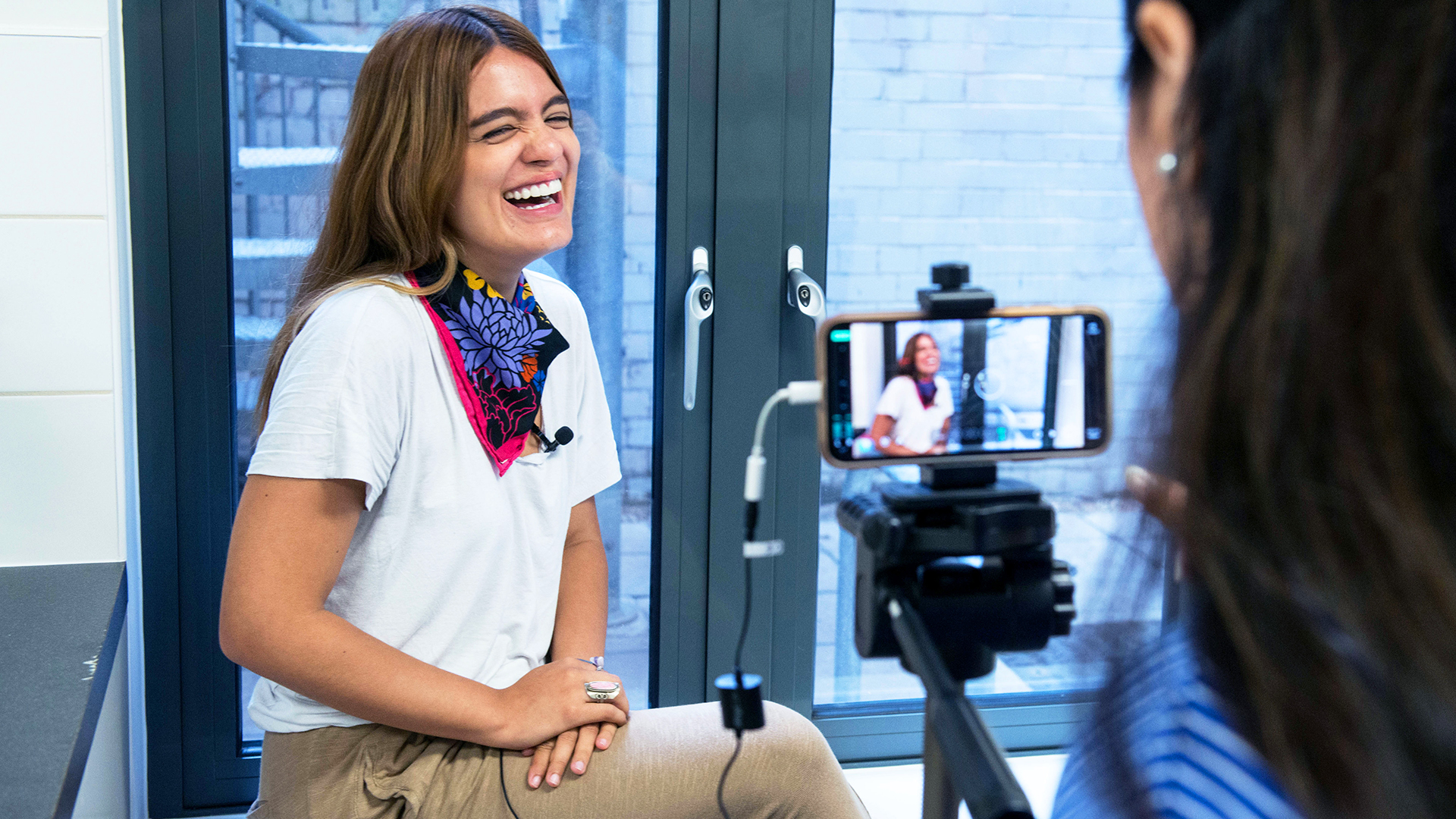
2018 winner
Ecuadorian journalist, Gisella Rojas Rodriguez, highlighted the struggles of the people of the “migrant bus” travelling through Mexico in search of a better life. It was the first film she had shot and edited entirely on her smartphone.
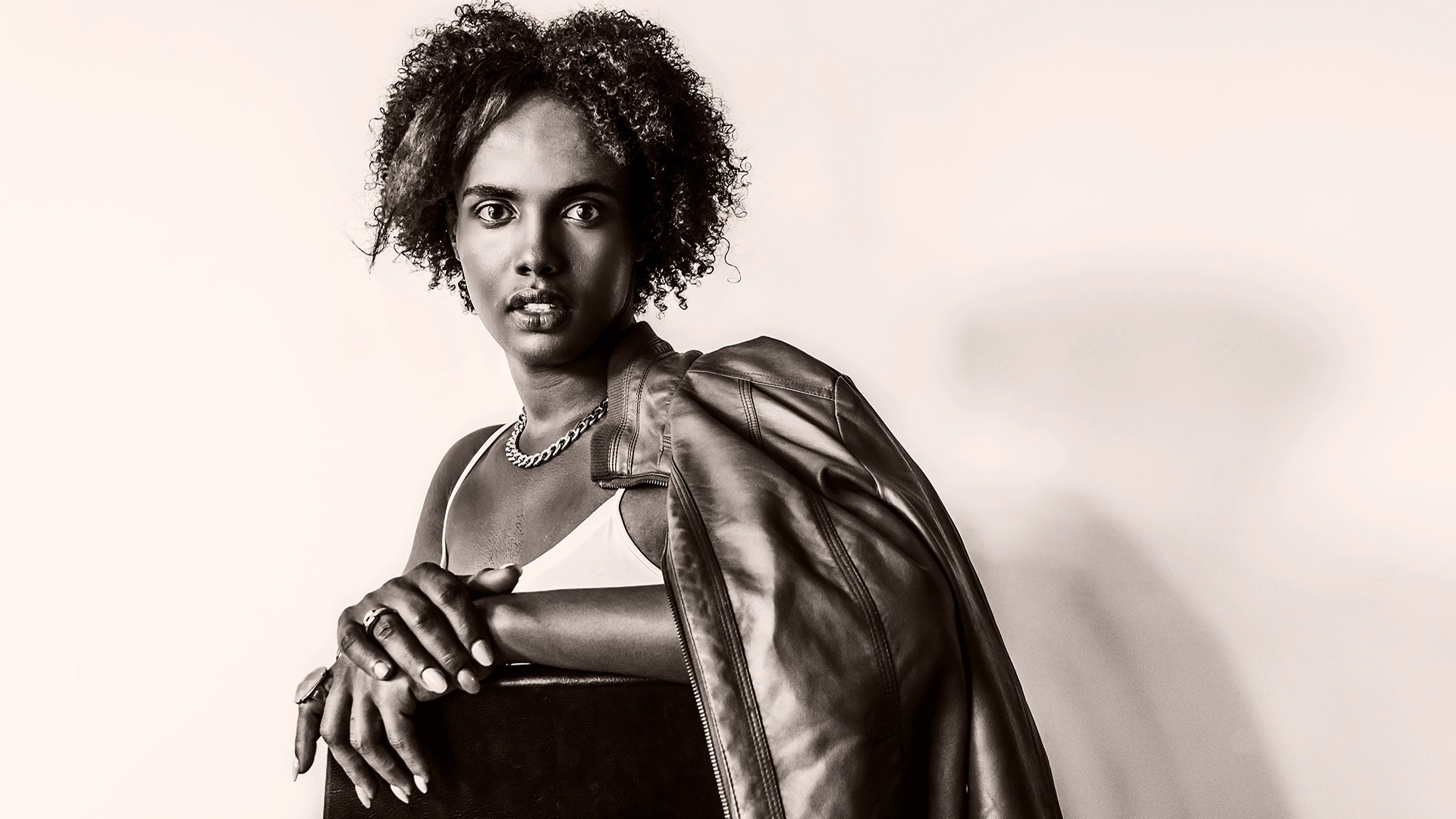
2017 winner
Somali blogger Farah Abdi staged an overnight vigil outside government offices in Malta to film the plight of refugees sleeping rough to renew their ID cards. Her story won a change in regulations. She lives in Europe having fled Africa due to fear of persecution because of her transgender identity.

2016 winner
Yusuf Omar used mojo to produce a moving report on the nightmare of sexual violence in South Africa using Snapchat filters to film open and honest interviews with rape survivors. He continues his mojo work as the co-founder of Hashtag our Stories, which aims to empower local communities.
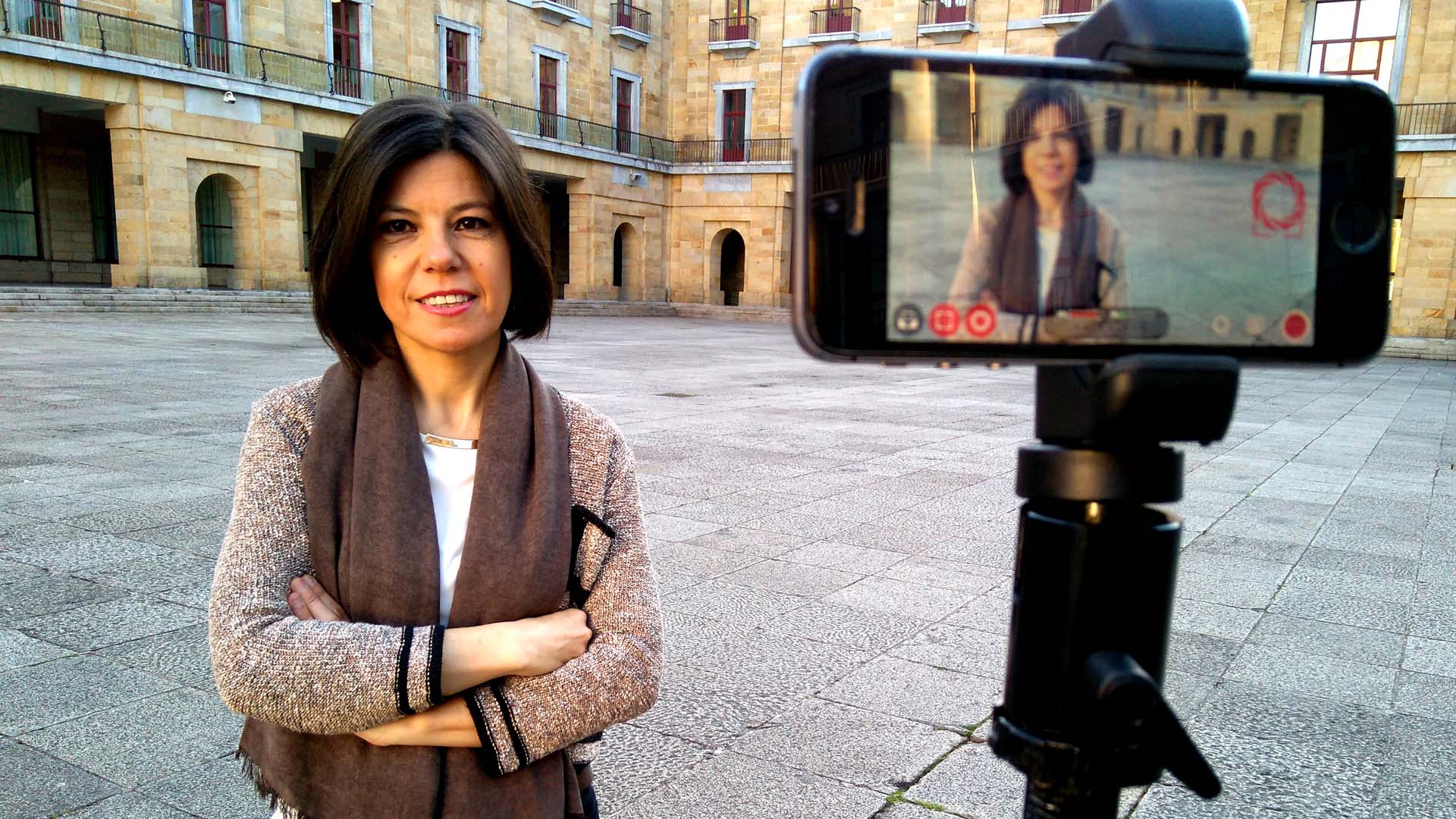
2016 winner
Armed with an iPhone and a hard hat, Spanish journalist, Leonor Suárez, went inside the silver mines of Potosí, Bolivia for her mojo story. As the tunnels grew darker and more claustrophobic, the air harder to breathe, Leonor reported on the harsh, life-threatening working conditions of miners.

2015 winner
Torera Idowu gave a moving first-hand account from the Lagos slum of Makoko as part of her entry. Despite never having recorded with a mobile device before, her short film shot on an iPad 3, highlighting Africa’s education woes, beat entries from much more seasoned journalists.
The judges
We invite an expert panel to sit in judgement over the entries each year. See this year’s judges below.
Terms, help and questions
For any queries relating to your entry for the Thomson Foundation mobile journalism competition, please email: enquiries@thomsonfoundation.org
This competition is now closed.
The small print:
- The competition is open to entrants aged 18 or over.
- The winner is responsible for ensuring they are able to accept the prize as set out and in accordance with these terms and conditions. In the event they are unable to do so, then Thomson Foundation reserves the right to select another winner.
- Only one entry per person. Entries on behalf of another person will not be accepted and joint submissions are not allowed.
- Thomson Foundation accepts no responsibility for entries that are delayed or incomplete or cannot be delivered or entered for any technical or other reason.
- The judges’ decision is final and no correspondence will be entered into by the judges in relation to that decision. The decision of the judges over every instance relating to the judging process and selection shall be final and unchallengeable.
- The closing date of the competition is 11.59pm (UK time) on 12 April, 2019. Entries received outside this time period will not be considered.
- The prize is subject to a successful visa application and the Mojofest event going ahead, and is non-exchangeable, non-transferable and not redeemable for cash or other prizes.
- The winner may be required to take part in promotional activity related to the competition and shall participate in such activity on Thomson Foundation’s reasonable request. The winner will consent to the use by Thomson Foundation of the winner’s images, name and voice for publicity purposes (in any medium, including still photographs and videos, online, including the websites hosted by Thomson Foundation), and in marketing and promotional material.
- Thomson Foundation will take care of any personal information supplied to it as described in its privacy policy, and in accordance with data protection legislation. By entering the competition, you agree to the collection, retention, usage and distribution of your personal information in order to process and contact you about your competition entry, and for the purposes outlined in the above bullet point.
- Entrants into the competitions shall be deemed to have accepted these terms and conditions.
- The entry form for the competition can be found here: https://goo.gl/forms/RzRt6x58d4o67wT93
